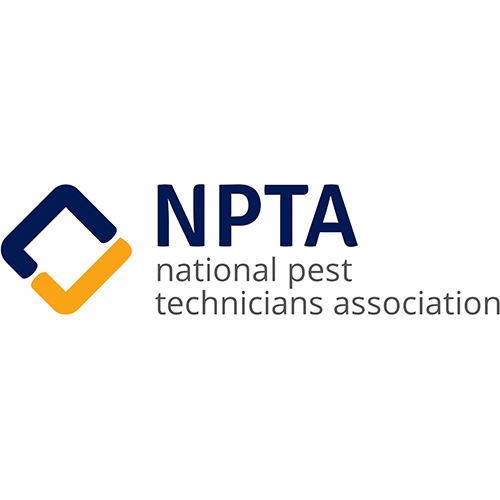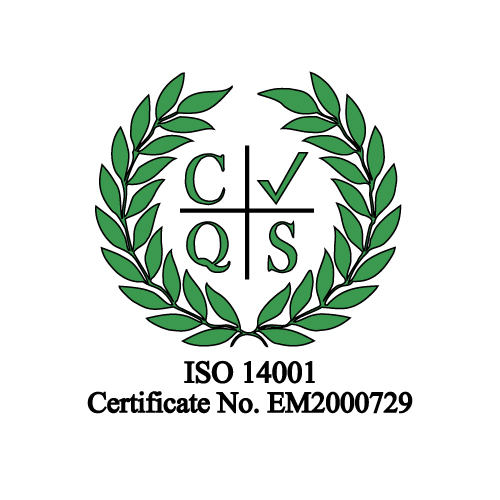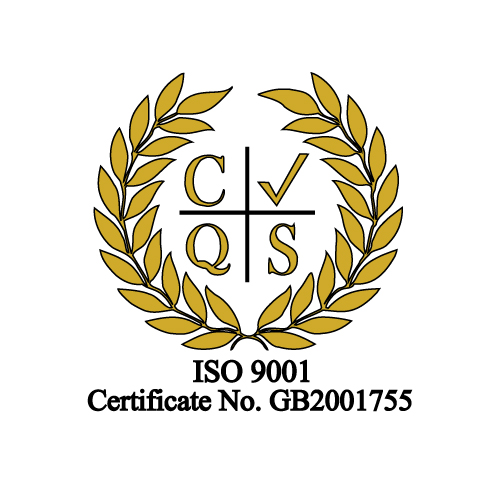Mastering The Swarm - The Power of ULV Fog for Flying Insect Control
10th June 2024
Mastering The Swarm - The Power of ULV Fog for Flying Insect Control
10th June 2024
Advanced Tactics in Ant Management
15th April 2024

As the 2024/2025 rodent season approaches us, we are presented with ideal opportunity to review the latest developments in the industry after a very eventful year – which may change the way many professionals approach jobs in the coming months. From glue board regulation to Second Generation Anticoagulant (SGARs) label changes, the rules are changing, and the role of good integrated pest management (IPM) is becoming more important than ever.
This year saw the announcement of several key changes to the way rodenticides are used by professionals. At the start of the year there was concern from many industry organisations over the announcement of license conditions for the use of glue boards. While not outlawed as they have been in Wales, professional users in England now must apply to Natural England to obtain permission, which has been met with mixed reception by the industry. In July, the phase out of SGARs for “open area” use has begun, meaning that from the 1st of January 2025 alternatives must be used for infestations not directly associated with a building. Particular attention should be paid to label instructions during this period as manufacturers roll out the update. While not necessarily relevant to PCOs, the Campaign for Responsible Rodenticide Use (CRRU) have also announced that from January 2026 all users of professional rodenticide will have to hold a CRRU certified qualification in rodent control (to be renewed every five years if not a member of an approved CPD scheme) – which will certainly be a big change for agricultural rodenticide users.

When following a robust IPM strategy, exclusion of rodents is the ideal solution. Non-hazardous and ethical approaches should always be the gold standard in any pest management work – however achieving this goal is often complicated by both the environment and the pests themselves. Anyone who has ever dealt with an infestation within a premises knows just how tenacious rats and mice are at gaining entry in unexpected ways. Many methods of exclusion seek to physically block the passage of rodents into/out of an area, the most effective and obvious solution. Although the installation time and cost may be discouraging for the customer, the long-term savings on repeat treatments and reduced risk of environmental contamination should always be emphasised. Many contractors may apply “rodent proofing” during construction (a favourite has been expanding foam and standard silicone adhesive) which are not necessarily effective in excluding rodents for prolonged periods. The school of thought when developing products for this purpose has been to deter gnawing and ensure complete exclusion – most do this by using general construction materials which do create a physical barrier but do not prevent access over time. All rodents are renowned for their ability to gnaw through even the toughest materials placed in their way – one of the only truly effective methods to stop them is to use metal – which will effectively prevent access and deter gnawing. This is the rationale behind Romax® Rodent Seal, a resilient sealant with stainless steel fibres included to create a permanent and effective roadblock for any rat runs, which is also metal detectable for use in contamination sensitive areas such as food handling facilities.
If exclusion is not possible, or if the level of infestation is particularly high, it may be decided that use of a rodenticide is appropriate to prevent further damage or detriment to activities carried out within the premises. In these cases, a high potency rodenticide may be ideal, baits containing brodifacoum (such as Romax® Venom) are an ideal solution in this situation. These baits are approved for use on both rats and mice, indoors and around buildings and are classed as “single feed” products. The average rat needs to ingest only 1.2g of bait to receive an effective dose, as for mice, only 0.4g. Couple this with the extensive range of bait formats available in the Romax® Venom range and most infestations can be effectively and rapidly controlled without risk of genetic resistances to more popular anticoagulants impeding the process. Brodifacoum is suggested as an alternative to Difenacoum and Bromadiolone when dealing with all resistant strains of rats and mice that are monitored by the Rodenticide Resistance Action Committee, making it an accessible and reliable choice for re-establishing control in areas with known resistance issues.
While it is easy to get wrapped up in the negativity of products being withdrawn and regulations changing – the tools to maintain successful control in most situations are still available to the professional. There will be a need for change, but these changes are often catalyst for better practice, innovation, and a higher standard for the industry as a whole – which benefits the customer, the technician, and the environment.
Barrettine Environmental Health - James Phelps, Product Manager
USE BIOCIDES SAFELY. ALWAYS READ THE LABEL AND PRODUCT INFORMATION BEFORE USE.
Please refer to product labels for technical & treatment guidance before commencing with any application.
Manufacturer's guidelines supersede all search information provided by this website.
Professional requirements and regulatory conditions that support the Public Health Sector and we are internationally accredited for Environmental & Quality Management Standards.




